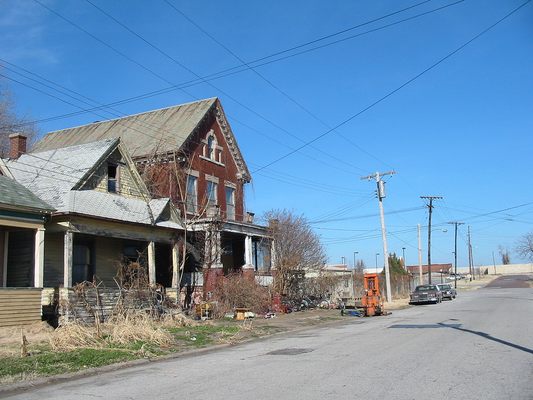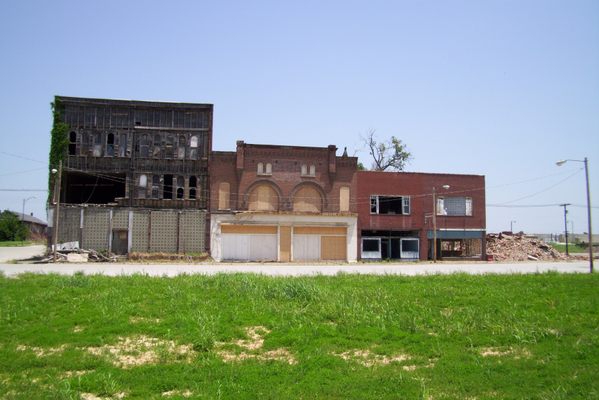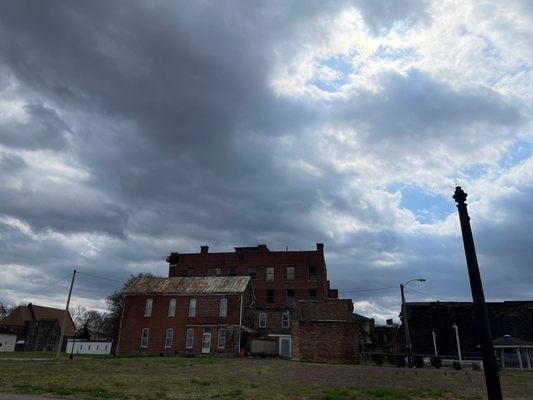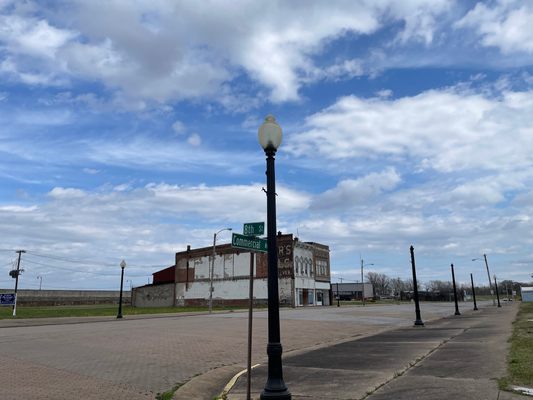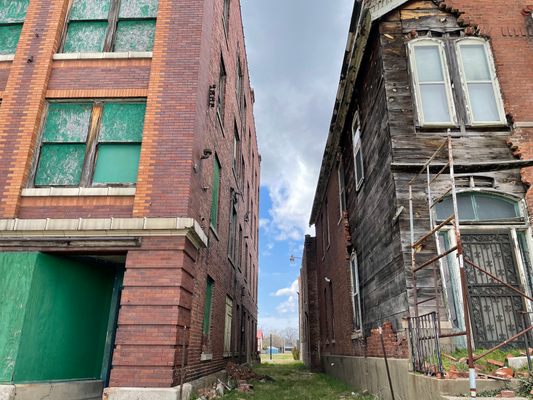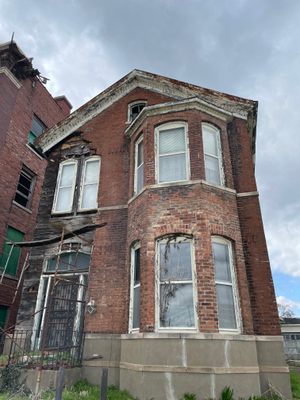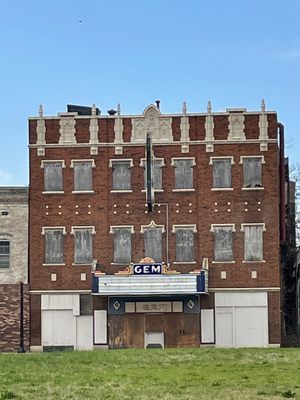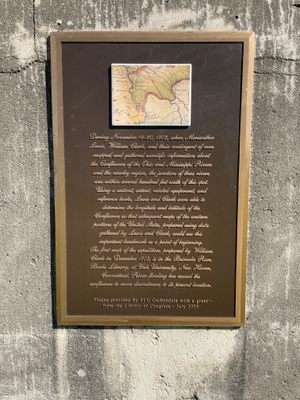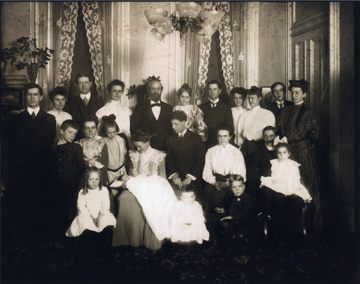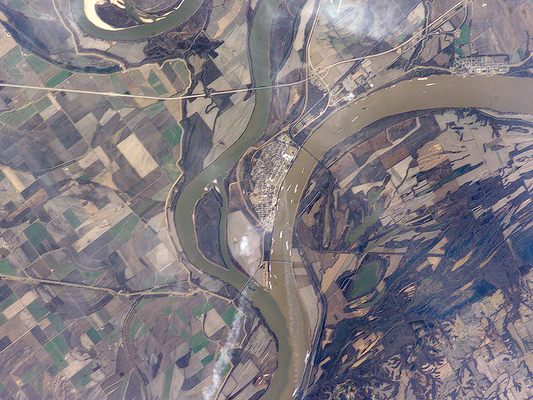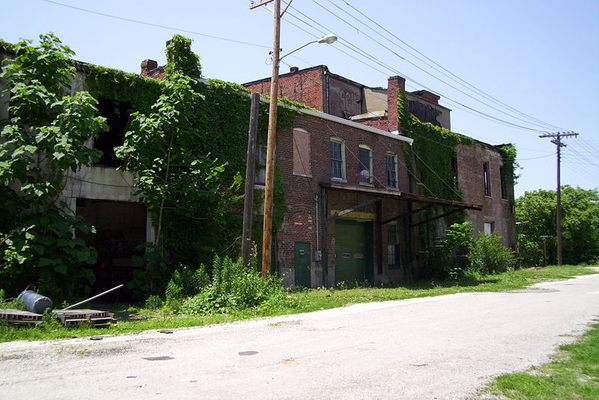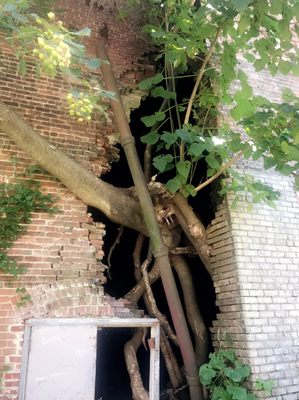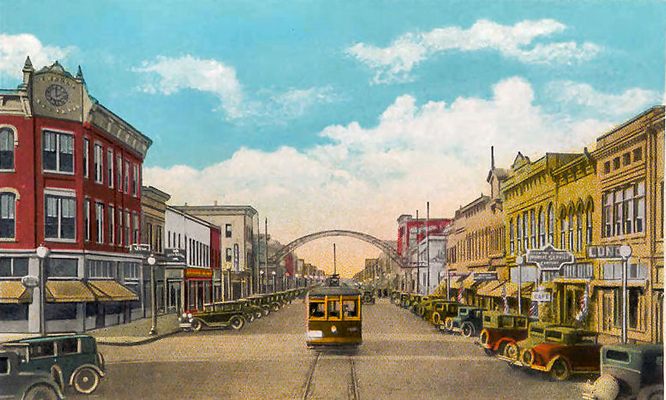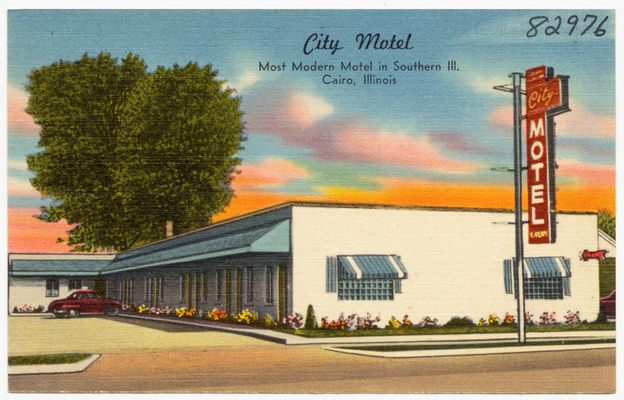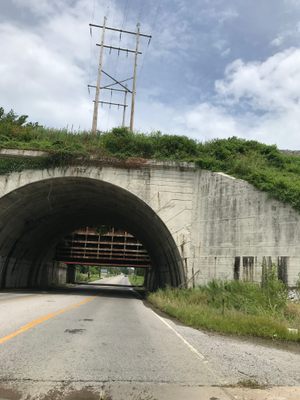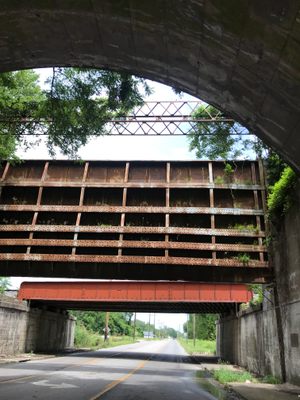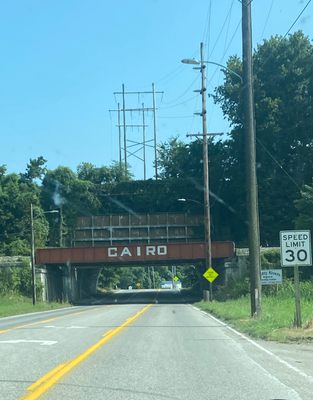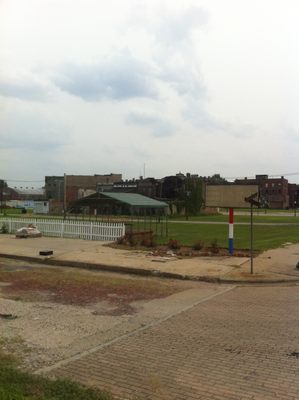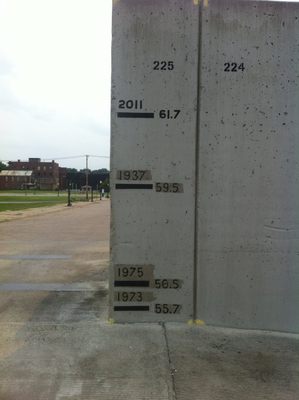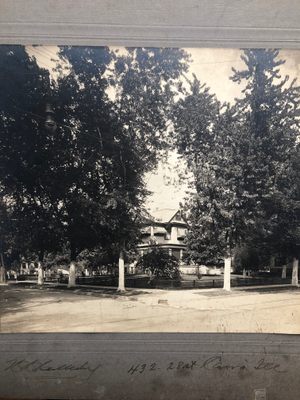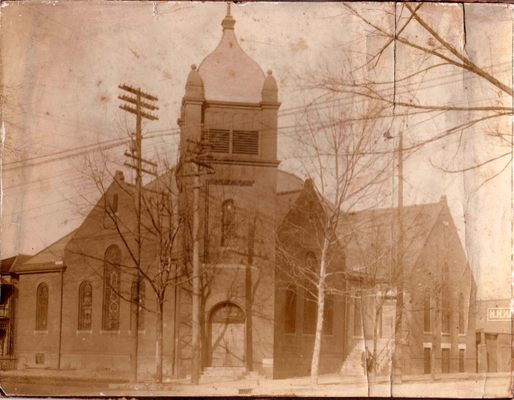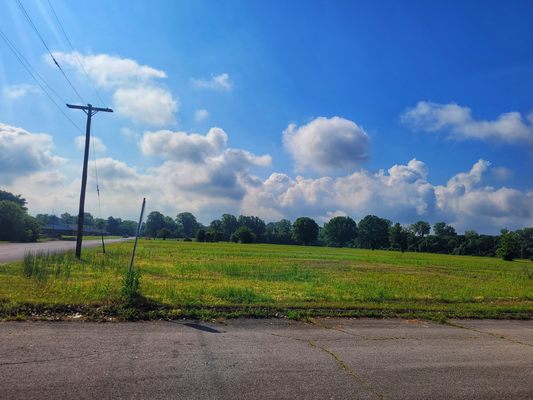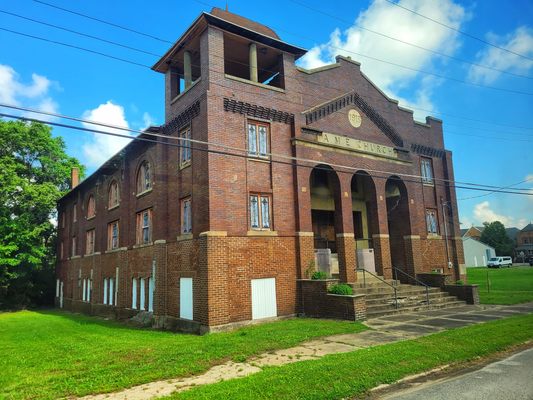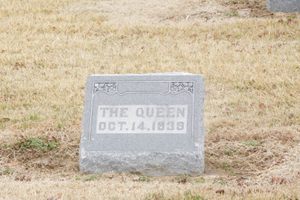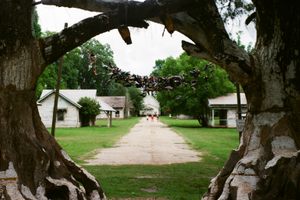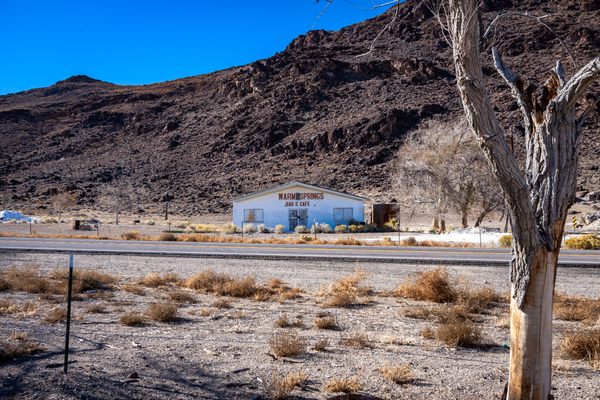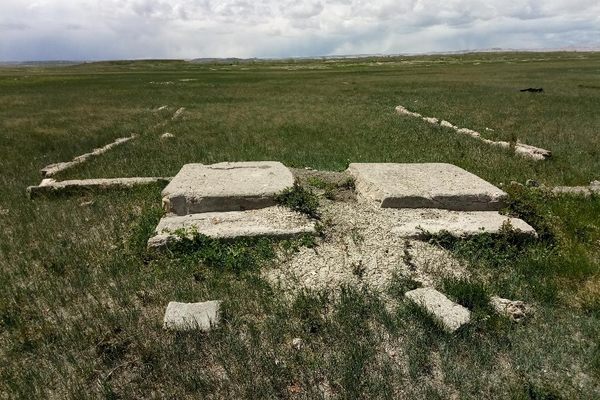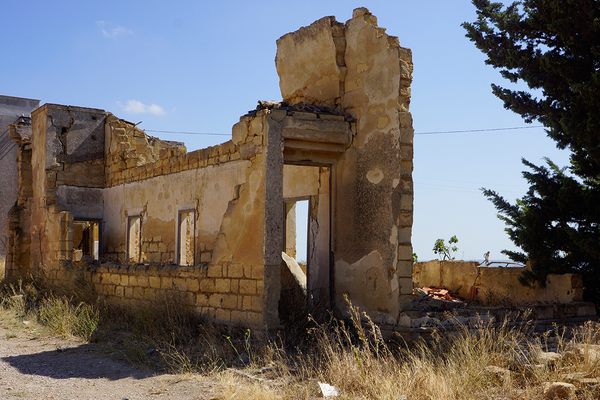About
Situated at the flood-prone confluence of the Mississippi River and the Ohio River, at the southernmost point in Illinois, the port town of Cairo boomed along with the steamboat industry. When railroads crisscrossed the United States some of the steamboat traffic was subtracted, but Cairo was also an important station point along numerous train lines.
Today, however, a walk or drive through Cairo will find it eerily empty. The historic downtown area, once bustling, is now filled with crumbling brick and plywood-covered windows. Cairo has been decaying for decades, and currently, the business district is virtually totally boarded up, tumbling down, or razed. The deterioration has slowly made its way "uptown" (northwest) into residential neighborhoods as well.
The town has mostly been abandoned because of its economic desperation, though its history of racial tension and periodic flooding certainly didn't help. The Civil War Reconstruction period brought a migration of formerly enslaved people to Cairo. Racial tensions were always high in the community, but as the shipping and ferrying industries declined, jobs grew more scarce and the racial unrest intensified.
In the mid-1960s, the alleged police murder of a young Black soldier on leave in Cairo prompted protests and riots, and the National Guard was briefly activated. In response to perceived threats from the Black community, the white community formed a civilians' militia called the "White Hats." Predictably, the group was more focused on quelling Black protesters than on improving the community as a whole.
The racial unrest and economic shortsightedness continued, and everything in Cairo organically declined over the decades to come. Some of Cairo's Black citizens left for more progressive pastures. Many business owners—and a few rather large industries—were economically forced to board up shop. The town's population, which had been over 15,000 at its peak in the 1920s, had dipped to 6,000 by the '80s. As of 2010 it was down to roughly 2,000.
The local government has attempted to revive the city through now-racially integrated historic preservation initiatives, but most of these have failed. The only cultural institutions that have really survived are the few state-owned Victorian manors and the Cairo Public Library. Much of the rest of the town has been abandoned.
Related Tags
Know Before You Go
There is a Mississippi bridge to the northwest, and one coming up from the south, and there is an Ohio bridge coming in from the east. Use Route 51, and it'll take you right through town.
Community Contributors
Added By
Published
August 22, 2016
Sources
- Intimate knowledge, my family has lived in Cairo since the 1800's all locals pronunce Cairo as Care Row.
- http://www.lib.niu.edu/1997/ii970228.html
- https://en.wikipedia.org/wiki/Cairo,_Illinois
- https://www.reddit.com/r/AskReddit/comments/eddwx/what_the_hell_happened_to_cairo_illinois/
- http://abandonedonline.net/2012/02/13/a-trip-to-cairo-illinois/
- Www.247wallst.com

